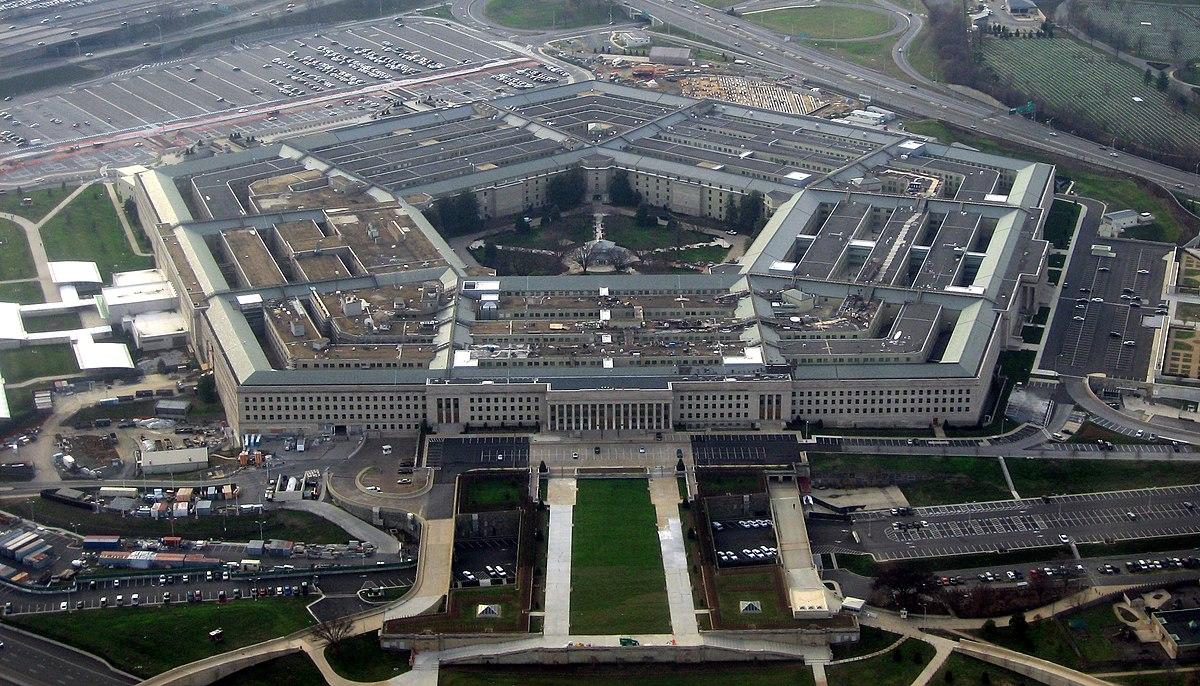Russia And China Biggest Challenges Under Pentagon’s New National Defense Strategy

The Biden administration on Thursday rolled out public versions of a series of long-awaited policy reviews — the National Defense Strategy, the Nuclear Posture Review and the Missile Defense Review — outlining a sweeping strategy for U.S. security, seeking more deterrence for a list of threats topped by Russia and China, TURAN's Washington correspondent reports.
The classified version of the administration’s National Defense Strategy was transmitted to Congress this spring outlining priorities, including working with allies and confronting China and Russia.
Producing the documents together on Thursday, the Pentagon chief Lloyd Austin told repprters, "we're seamlessly integrating our deterrence efforts to make a basic truth crystal clear to any potential foe... The truth is that the cost of aggression against the United States or our allies and partners far outweigh any conceivable games."
The 2022 National Defense Strategy, or NDS, places a primary focus on the need to sustain and strengthen U.S. deterrence against China. It also advances a focus on collaboration with a growing network of U.S. allies and partners on shared objectives.
The NDS also takes into account the challenges posed by Russia — especially considering its invasion of Ukraine — along with threats posed by North Korea, Iran and violent extremist organizations.
Both Moscow and Beijing “could use a wide array of tools in an attempt to hinder U.S. military preparation and response in a conflict, including actions aimed at undermining the will of the U.S. public, and to target our critical infrastructure and other systems,” according to the strategy.
The biggest concern appears to be growing nuclear arsenals owned by Russia and China, with the U.S. government betting that its own nuclear capabilities “remain the ultimate backstop for our strategic deterrence.”
Austin said, the Pentagon is “fully committed to modernizing all three legs of our nuclear triad,” referring to the ground-based intercontinental ballistic missiles, bomber aircraft and submarine-launched weapons that all carry nuclear payloads.
The NDS also includes a focus on challenges to security, such as pandemics and climate change. To build an enduring advantage for the U.S, Austin said, the Pentagon is working to further strengthen the foundations of the defense enterprise.
Alex Raufoglu
Washington D.C.
 Latest news
Latest news Latest news
Latest newsThe War Reaches the Caspian: Ukraine Strikes Russia’s Oil Infrastructure
12.Dec.2025
Georgia and the European Union: Transformation of Foreign Policy in the Context of European Integration
11.Dec.2025
Half of Azerbaijanis’ Income Goes to Food: Hidden Causes and Possible Consequences for the Economy
11.Dec.2025
Ukraine on the Threshold of a Political Shift: Updated Peace Plan and Zelensky’s Statement on Readiness for Elections
10.Dec.2025
Russia Proposes New Medal for Evacuating Bodies from Combat Zones
09.Dec.2025
The Shadow of Kadyrov in Yerevan: How a Woman Who Fled Violence Was Killed?
09.Dec.2025
Ukraine is Strengthening its Army amid a Growing Threat
08.Dec.2025
Ukraine Strengthens Its Army Amid Growing Threats
08.Dec.2025
Moscow and Beijing Conduct New Air-Defense Drills: What Lies Behind the Strengthening of Their Joint Shield?
07.Dec.2025
Russia–India: A New Architecture of Partnership. What Stands Behind Putin’s Visit to New Delhi?
06.Dec.2025

 15 Dec 2025
15 Dec 2025








